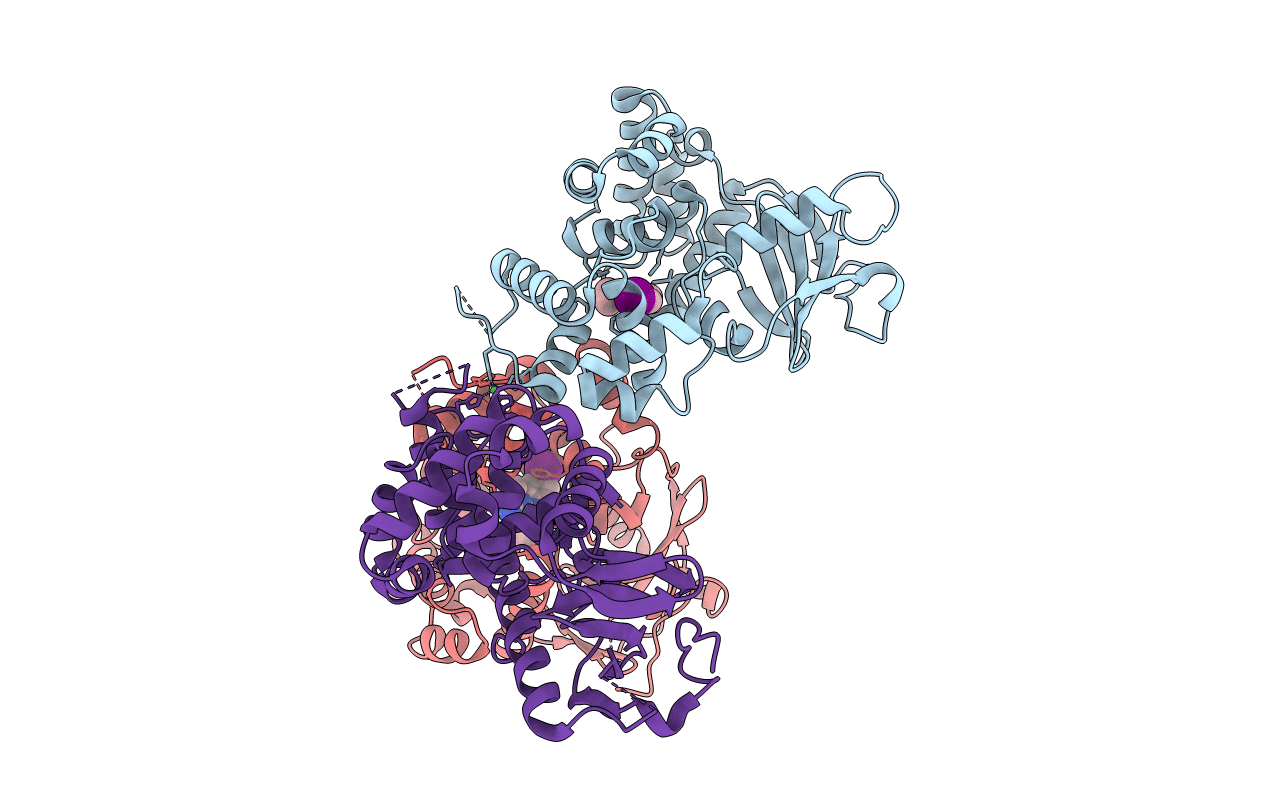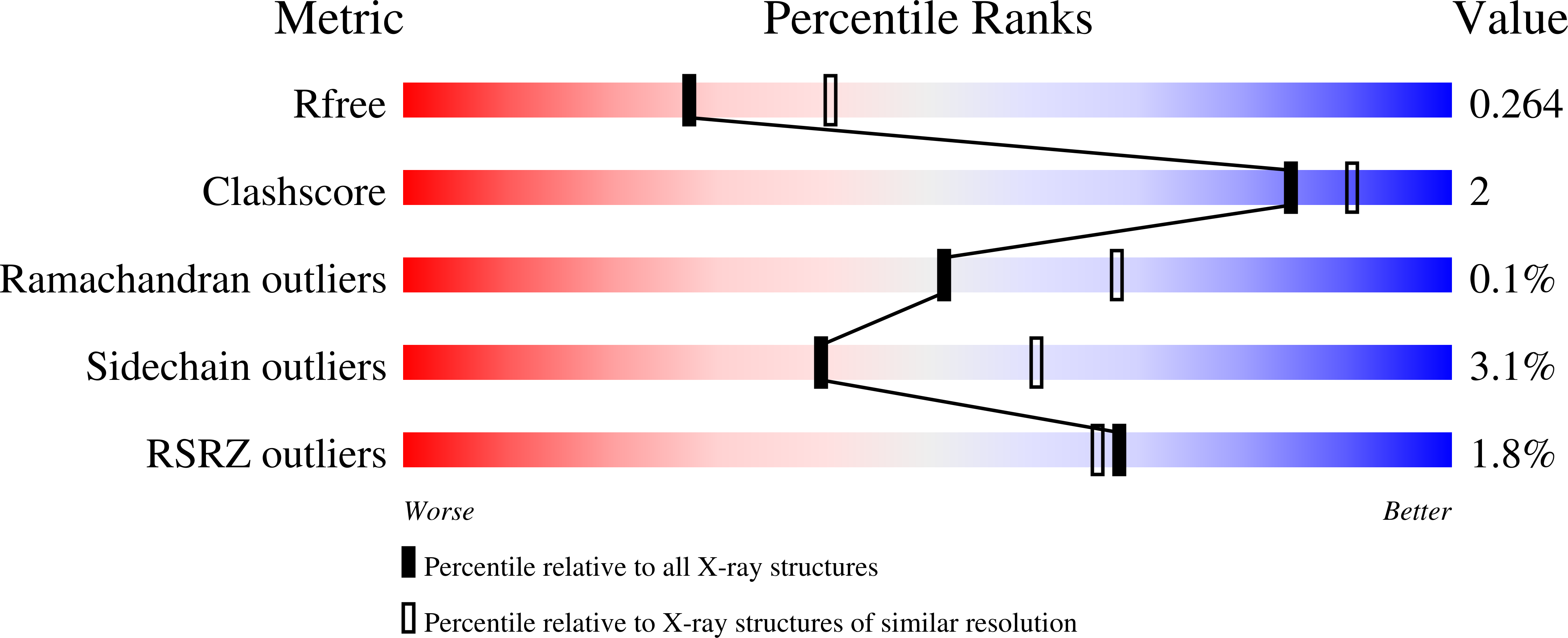
Deposition Date
2020-11-13
Release Date
2022-06-01
Last Version Date
2024-01-31
Entry Detail
PDB ID:
7AZ0
Keywords:
Title:
Structure of the mouse 8-oxoguanine DNA Glycosylase mOGG1 in complex with TH12161
Biological Source:
Source Organism:
Mus musculus (Taxon ID: 10090)
Host Organism:
Method Details:
Experimental Method:
Resolution:
2.40 Å
R-Value Free:
0.25
R-Value Work:
0.22
Space Group:
P 21 21 21


